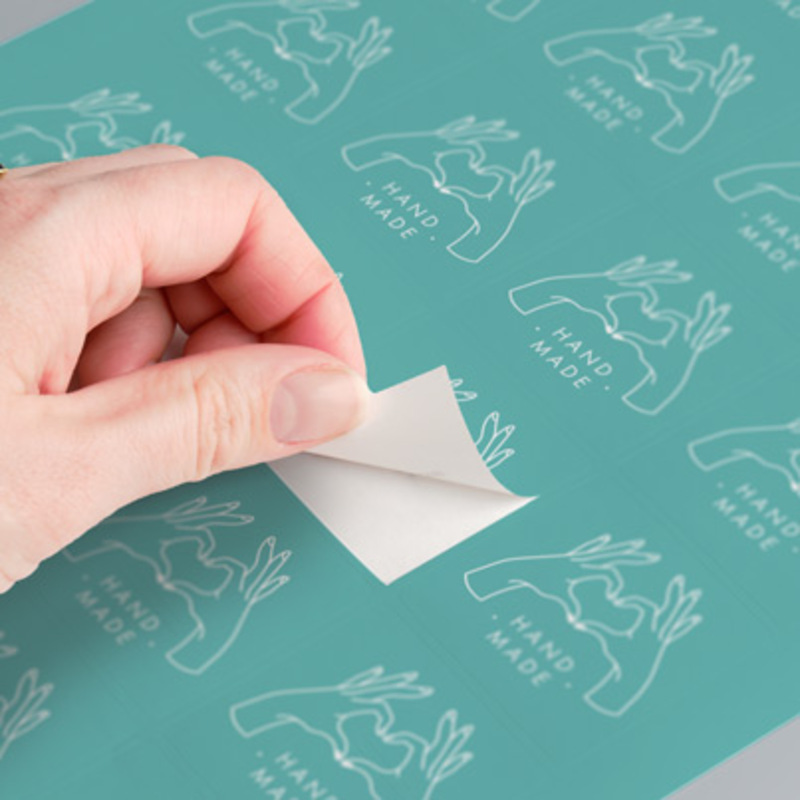Exploring the World of Wine Boxes A Blend of Convenience and Elegance
Wine has long been celebrated as a beverage of culture, relaxation, and joy. With its rich history and complex flavors, wine can turn an ordinary evening into a memorable occasion. As wine enthusiasts seek ways to enhance their experiences, wine boxes have emerged as a practical yet elegant solution. This article delves into the evolution of wine packaging, the benefits of wine boxes, and their role in the modern wine-drinking lifestyle.
The Evolution of Wine Packaging
Historically, wine was packaged in various forms, from clay amphorae in ancient times to wooden barrels during the Middle Ages. These containers served more than just a functional purpose; they were also a reflection of the artistry and craftsmanship of their makers. However, as we moved into the modern age, the emphasis on convenience and portability gained traction. This shift led to innovations in wine packaging, culminating in the popularization of wine boxes, particularly in the form of bag-in-box solutions.
The bag-in-box method consists of a plastic bladder placed inside a cardboard box, allowing for easy pouring and extended preservation of the wine. This innovation has revolutionized how we think about wine storage and serving, bridging the gap between traditional glass bottles and more contemporary, user-friendly options.
The Benefits of Wine Boxes
One of the most compelling advantages of wine boxes is their convenience. Traditional glass bottles, while elegant, are often cumbersome and fragile. In contrast, wine boxes are lightweight and easy to carry, making them an ideal choice for picnics, barbecues, or traveling. Furthermore, thanks to their durable design, wine boxes are less likely to break, which can be a significant consideration for outdoor events or gatherings.
wine boxes

Another notable benefit is the excellent preservation quality of wine boxes. The sealed bag prevents oxidation, which can spoil wine once it is exposed to air. This means that wine in a box can last much longer after opening compared to a traditional bottle. Depending on the quality of the wine and storage conditions, some boxed wines can remain fresh for weeks or even months, offering both value and versatility to consumers.
Additionally, wine boxes often offer a more eco-friendly alternative to glass bottles. As concerns about environmental sustainability continue to rise, many wine producers are opting for packaging solutions that reduce waste and carbon footprints. Cardboard is typically more recyclable than glass, making wine boxes a greener choice for the eco-conscious wine lover.
A New Era in Wine Consumption
The emergence of wine boxes has not only transformed the packaging of wine but also the way we consume it. In recent years, we’ve seen a notable shift in wine culture, with a greater emphasis on casual drinking rather than formal tasting. Wine boxes fit seamlessly into this trend, promoting a laid-back, convivial atmosphere where enjoyment takes precedence over elitism.
Moreover, the diversity of wine available in box formats has expanded significantly. Today, one can find high-quality Sauvignon Blanc, rich Merlot, and even sparkling wines packaged in boxes. This broadens access to varied wine experiences, allowing wine drinkers to explore new flavors without the commitment of purchasing a full bottle.
Conclusion
Wine boxes have successfully carved out a niche in the beverage industry, marrying the tradition of wine with the demands of contemporary lifestyle. Their convenience, preservation qualities, eco-friendliness, and adaptability make them an appealing option for both casual drinkers and aficionados alike. As we continue to embrace the evolving landscape of wine culture, it is clear that wine boxes will play an essential role in how we enjoy and celebrate this timeless beverage. So, whether you’re hosting a gathering, embarking on a picnic, or simply relaxing at home, don’t hesitate to reach for a wine box—it could very well become your new favorite way to enjoy wine.



